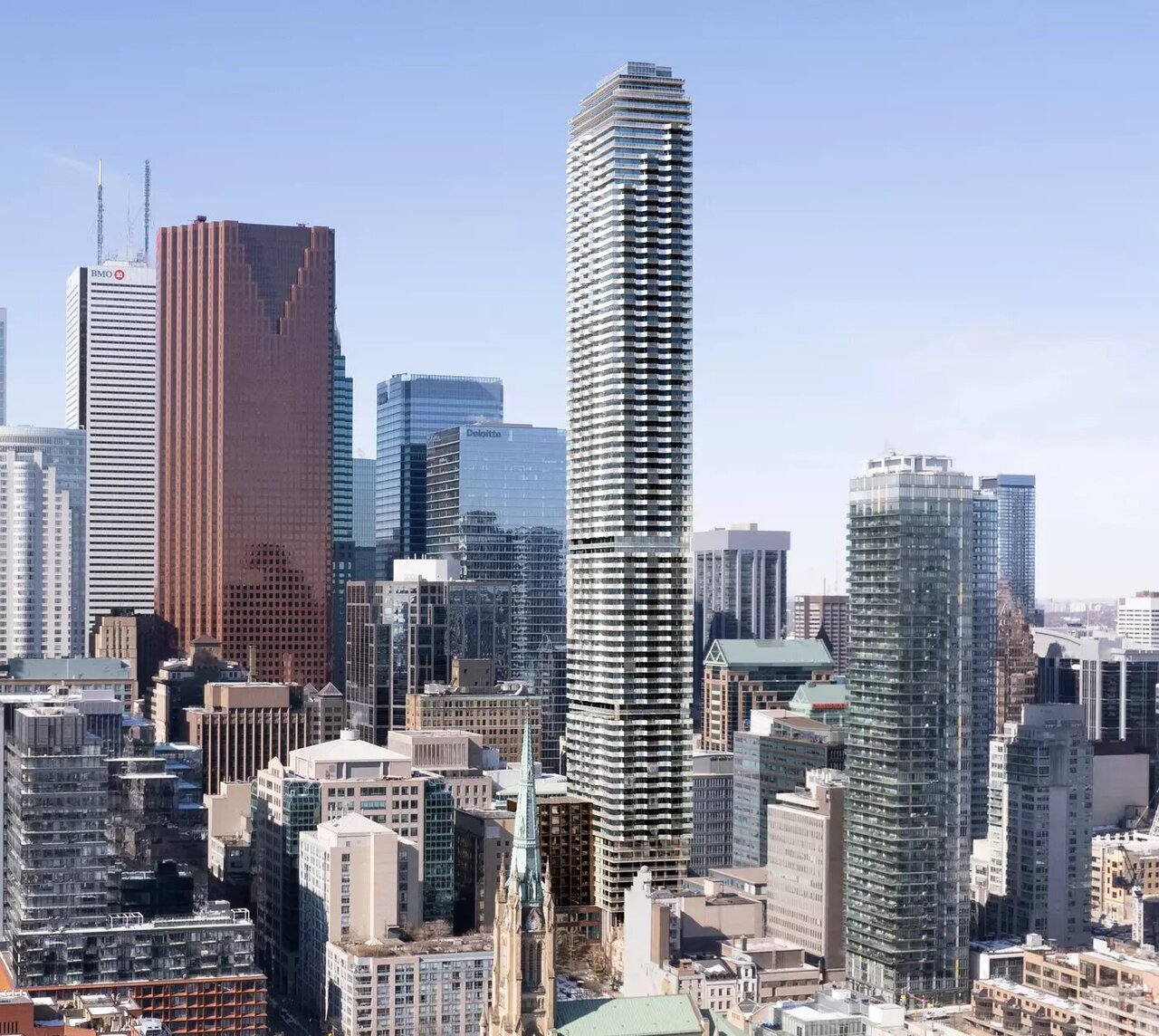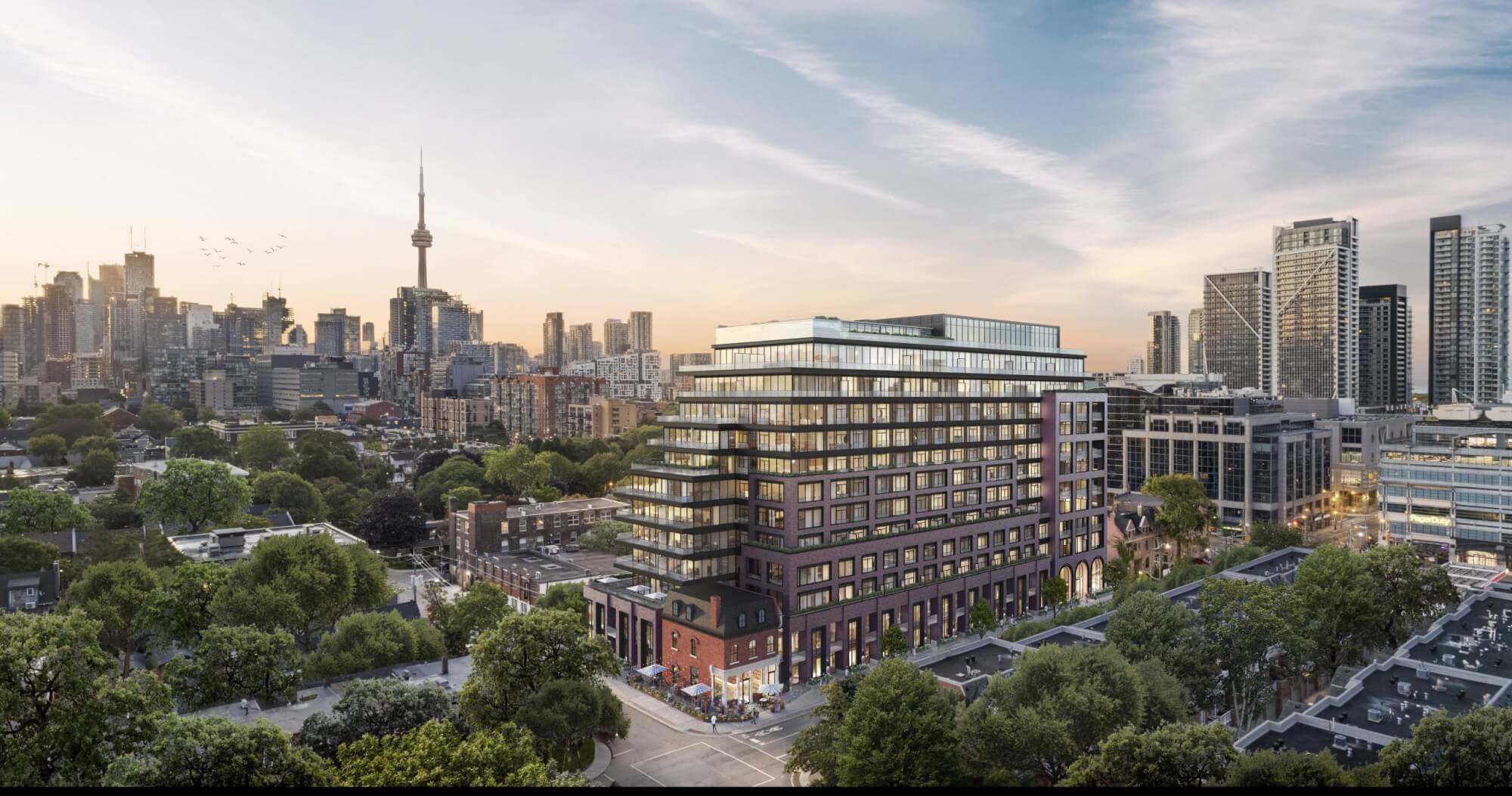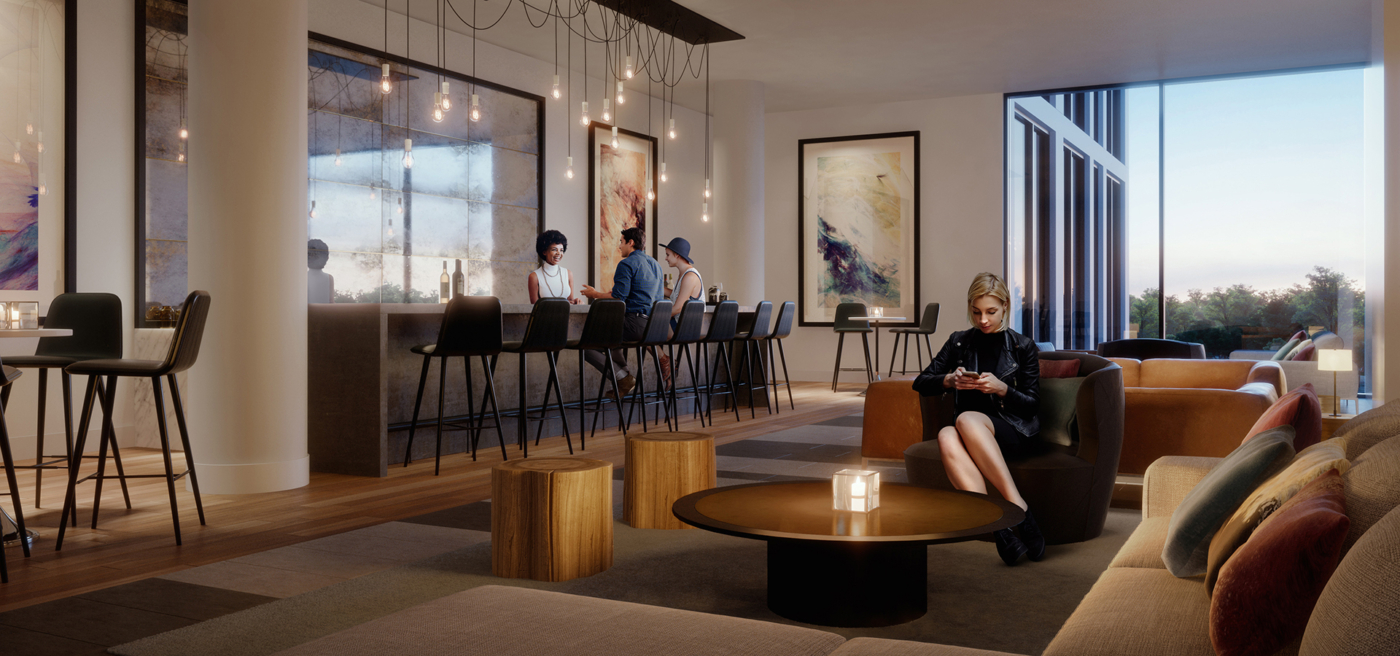SAUDI ARABIA WANTS TO BUILD AI CITY FOR $200 BILLION
The Line is a revolutionary 170-mile urban project with zero carbon emissions and the use of AI was presented this week in Saudi Arabia. Construction will begin in the first quarter of 2021, and the cost is estimated at $ 100 to $ 200 billion.
Mohammed Ibn Salman al Saud, the crown Prince of Saudi Arabia, unveiled plans for creating a linear city with a length of 170 kilometers under the telling title The Line.
In the video, posted online on 13 January, the Prince describes the Line as a “civilizational revolution in a society that places people first”.
The Line will accommodate up to one million inhabitants, only pedestrians. In a linear city, no cars and streets in the normal representation of that word.
All residents will live within walking distance from the main objects, and from one end of town to the other can be reached by metro in 20 minutes.



Shops, schools, hospital, underground station, public transport will place so that each resident could get to them in 5 minute walk. A 5-minute walk to the green zone that surrounds the city.
The figure below shows the metro line and high speed cargo transport, located under the ground and manipulated by artificial intelligence. This will be possible thanks to the massive use of data and high speed Internet.
The creators of The Line said that their whole community will become “cognitive” and will be based on AI that “it will continue to explore ways to predict, to make life easier for residents”.
The Line will consist of connected areas called “urban modules”, which will link the red sea with the North-West of Saudi Arabia.



The construction of The Line is scheduled to begin in the first quarter of 2021. The cost of creating the futuristic city is estimated at from 100 to 200 billion dollars.
The city will be part of the project NEOM, a fully automated region of the country cost $ 500 billion. It will cover Saudi Arabia, Jordan, Egypt, and will be fully provided by renewable energy sources.
NEOM will include the cities, ports and industrial zones, research centers, sports and entertainment facilities and tourist destinations. More than a million citizens from around the world will find a home and place of work.
“NEOM will be a home for people who dream big, want to build a lifestyle with a focus on sustainability, work and thrive”, reads the website of the project.


“Why sacrifice nature for the sake of development? We must transform the concept of the ordinary city in a futuristic,” said Mohammed bin Salman, stressing that he is going to save the desert landscape and the red sea coast untouched.
The world heard about some of the features of the project NEOM in the summer of 2019, after the leak of documents from McKinsey & Company, Boston Consulting Group and Oliver Wyman. The report in 2300 pages hit the Internet.
Drone taxi, dinosaurs, robots, genetic modification of human, the glowing sand in the desert and the giant artificial Moon — just some notions Prince Mohammed bin Salman for NEOM.



The government of Saudi Arabia and NEON are not the only ones concerned about the creation of cities with the use of AI. Senseable City Laboratory, a research project Massachusetts Institute of technology (MIT) is a holistic approach and connects engineers, designers, planners, physicists, biologists and sociologists.
JEDDAH: Saudi officials and citizens have welcomed the Kingdom’s revolutionary zero carbon city, announced on Sunday by Crown Prince Mohammed bin Salman.
The city — named “The Line” — will be a car-free city within Saudi Arabia’s futuristic NEOM business hub along the Red Sea coast.
The construction is set to start in the first quarter of this year. It will allow 1 million residents to live in a “zero cars, zero streets and zero carbon emissions” city but around nature.
“It is a new era of civilization, a new model for a city which is clean, proper and with zero carbon,” Saudi economist Mazen Al-Sudairi told Arab News welcoming this major step. “This will improve the efficiency of humankind.”
He added that Saudi Arabia is moving toward a new data-based civilization as compared to the older civilization, which was built on the flow of water and vegetation.
Moreover, Al-Sudairi believes that this model will attract more foreign direct investment and provide a tech-based future.
The Line architect Peter Cook questions Saudi desert city’s buildability.
Peter Cook has questioned the buildability of Saudi Arabia’s NEOM ‘smart city’ development The Line – the controversial 170km desert project he is employed to work on.
The 86-year-old was talking as part of an event at the NEOM exhibition in Venice on Saturday (20 May) when he described the linear desert city – which is already under construction – as an ‘amazing absurdity’, adding that the scheme’s proposed 500m height was ‘stupid’.
Asked by event moderator Antoni Vives, NEOM’s chief urban planning officer, if the project – the flagship scheme within the wider NEOM development – was going to ‘make it or not’, Cook responded: ‘I’m going to give a very English answer, it’s an interesting possibility. You know I think [they’ll] get a bit of it done.
‘And then I think – I’m going to speak honestly now, as long as you don’t cut me off – I think higher than 500m [in height] is a bit stupid and unreasonable and all our engineer friends will tell you this’.
Cook continued by saying that, for future sections of The Line, aiming for 200m in height (above sea level) might be ‘getting near the [perfect] spot’, although 150m was ‘quite agreeable, high enough, nice view, easy to get up and down’.
He suggested that, in all likelihood, the structure would ‘eventually reach’ 50m.
He went on: ‘You say “ah that means you don’t believe in [The Line]”. I believe in the something. I believe it’s interesting and it’ll get more interesting as it becomes more incorrect, and you’re left with this paper trail, a concrete trail.’
Cook, who is one of more than a dozen architects – including David Adjaye –involved in the proposed 170km-long city, added that the project was an ‘absurd’ concept.
‘I think there’s an amazing absurdity, and I love absurdities,’ he said. ‘Here we are in probably the most idiosyncratic city in the world [Venice], and it is also absurd.
‘Maybe that’s the future of The Line. It could become a great touristic success. [However] it’s no more absurd than a city like the one we are in, in the middle of a pond with ground that subsides etc.
‘Absurdity is perhaps the positive … Interestingness in architecture is very important.’
Although not an official part of the main Lesley Lokko-curated Venice Biennale, NEOM is holding an exhibition in the city to coincide with the event.
The Zero Gravity Urbanism—Principles for a New Livability show includes models of various sections of The Line drawn up by the different architects, including elements by Cook’s practice Cook Haffner Architecture Platform (CHAP).
The Archigram founder set up the outfit with Norwegian architect Erlend Blakstad Haffner.
Cook told the AJ that his remarks had been ‘taken out of context’, adding: ‘We were sketching possibilities on the height of The Line in Venice. The discussion of ideas was informal, exploring the different height variables of The Line. After the Hidden Marina [which will sit at the base of The Line] is built, I may eat my hat and say 500m is even more fun!’
The contentious scheme has come under fire amid repeated human rights warnings from the United Nations about the ‘imminent execution’ of three men for reportedly opposing eviction to make way for The Line, a project spearheaded by the country’s Crown Prince.
Responding to Cook’s comments, a NEOM spokesperson told the AJ: ‘Zero Gravity Urbanism is revolutionary and perhaps unimaginable, particularly when seen through the lens of the past and in light of existing failed urban models.
‘With the current environmental crisis and the shortcomings of our cities to deliver on human needs, a solution this innovative becomes a necessity deserving to be delivered with unwavering commitment.
‘Construction on The Line began in mid-2021 and the first district, the Hidden Marina, is due to welcome its first residents and visitors by 2030.’
Why is Neom controversial?
The Neom project has proved controversial due to three main concerns – sustainability, liveability and human rights.
There are numerous concerns about Saudi Arabia’s human rights record – Freedom House gave the country 7/100 in its global freedom scoring, while Amnesty International has published a list of 10 ways the country “violates human rights” on its website.
While there are broad concerns about human rights in Saudi Arabia and for the people who will be building the gigantic project, the direct controversies connected to Neom are related to evictions taking place ahead of construction.
The area that is set to be developed is the historic homeland of the Huwaitat tribe and it is estimated that around 20,000 tribe members will be relocated to accommodate the planned development.
In 2020, Abdul Rahim al-Huwaiti from the tribe posted videos online aiming to draw attention to these evictions. The BBC later reported that Al-Huwaiti was killed by Saudi security services.
Last year human rights organisation ALQST reported that three people connected to Al-Huwaiti, who were forcibly evicted from the Neom site in 2020, had been sentenced to death.
Speaking to Dezeen, Amnesty International’s Peter Frankental said that companies working on Neom were facing a “moral dilemma” and should “think twice” about their continuing involvement in the project.
Additionally, the developer of Neom has made many sustainability claims, with the development aiming to be powered by 100 per cent renewable sources.
“We see The Line as a unique opportunity to set a new benchmark for combining prosperity, livability and environmental preservation,” Neom’s executive director Tarek Qaddumi told Dezeen.

-
17-25 Toronto St.53-57 Adelaide St. East
The proposal includes the home of Terroni’s Downtown location, the York County Courthouse, known municipally as 57 Adelaide Street East, as well as the neighbouring building to the west, 53 Adelaide Street East and 25 and 23 Toronto Street, and the Consumers’ Gas Building, known municipally as 17-19 Toronto Street. The developer, Goband Development Ltd submitted a…
-
Bellwood House
Bellwoods House, located at 111 Strachan is a mid-rise infill development that will replace a mechanic shops and a small bar with 325 new residential housing units, while preserving a beautiful heritage building. Bellwoods House is located between two future higher order transit stations, and steps to some of the largest green spaces in downtown…
-
Home On Power
Welcome home to your new condo at Parliament and Adelaide. “Limited Suites AvailableMove-In Ready” Post Views: 569
-
The Post
Upper Oakville has developed a reputation for its retail and dining options, with charming pedestrian-friendly streets and green spaces. The Post is a stunning modern condo for the new professional living in this part of town. Contemporary design, thoughtfully crafted suites and common spaces, exceptional amenities, set in a neighbourhood with boutique shops, big box…
-
Sugar Wharf 2
Nestled on Toronto’s Waterfront, Sugar Wharf Condominiums is everything you’ve been dreaming of. A place where dreams, work and play live happily. It’s where homes, offices, shopping, restaurants, daycare, transit, schools and parks are rolled into one magical community. Sugar Wharf combines everything you love into the sweetest life you can imagine. Post Views: 495
-
590 Argus Road Oakville
Developer Distrikt Group submitted Official Plan and Zoning By-law Amendment applications for 590 Argus Road. The proposed 590 Argus development, designed by Teeple Architects, comprises three residential towers, standing at heights of 196.5 metres (58 storeys), 171.3 metres (50 storeys), and 152.3 metres (44 storeys). The design aims to bring a unique architectural style to this soon to form…



